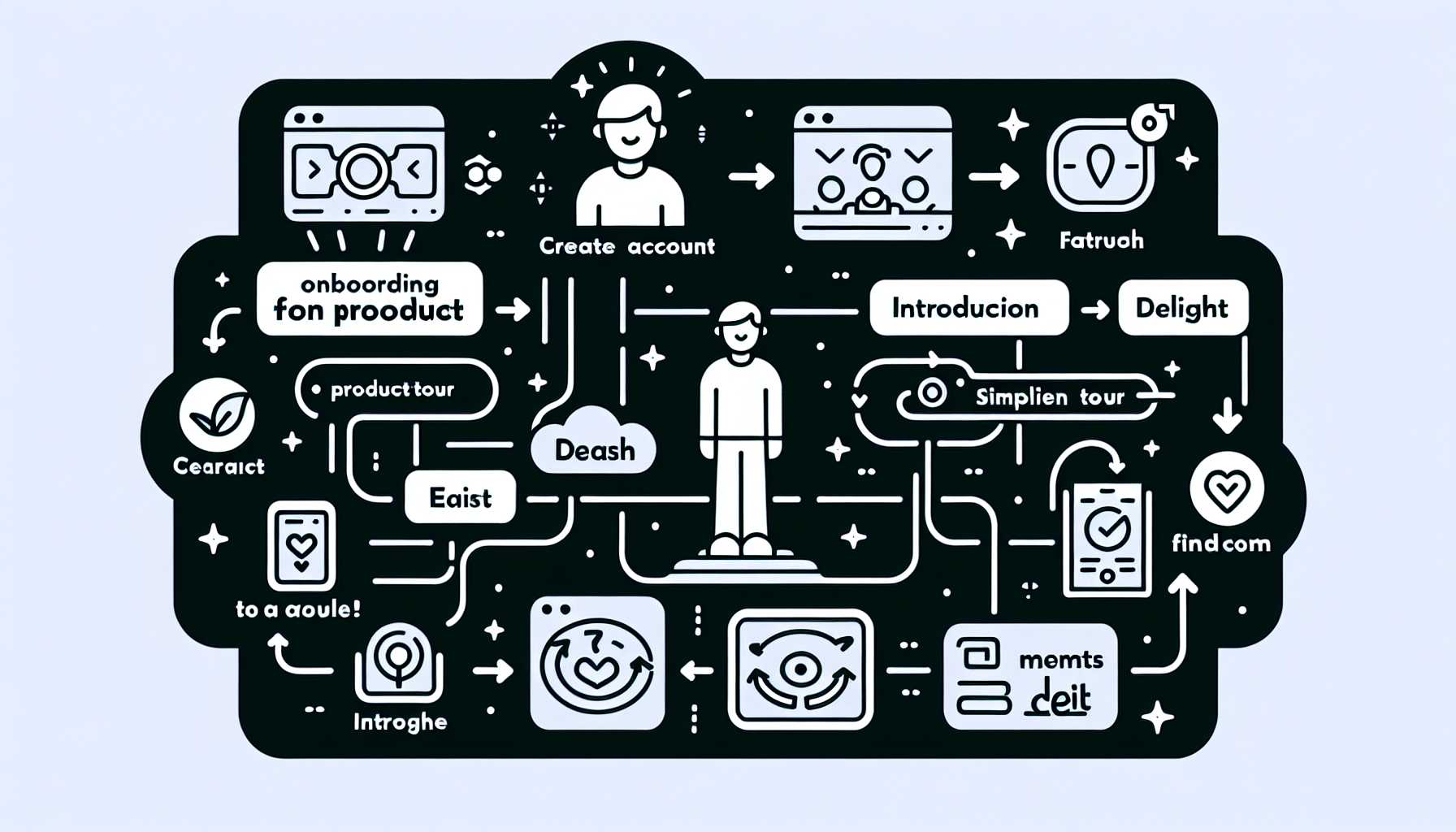Welcome to the insider’s lens on how to approach and optimize one of the most pivotal aspects of product management—the art of onboarding and retaining users. I’ll share the strategies and lessons I’ve learned, each sharpened by years of successes and stumbles.
Understanding the Importance of User Onboarding and Retention
User onboarding is your product’s first date with your customer. Nail it, and you lay the foundation for a potentially long-term relationship. Retention is the marriage—the ongoing relationship you foster post that initial experience. Both are critical to a product’s success and the company’s bottom line.
The Onboarding Experience: First Impressions Count
Prioritize a smooth onboarding experience. Think of it as a product’s first impression—mandatory to get right. Engaging onboarding reduces churn and sets the stage for active and sustained use.
Simplify the Entry Point: In one of my past roles, we ran into an issue where user drop-off was significant during the sign-up process. The solution? We optimized our onboarding steps from seven to three and saw an increase in completion rate by 55%. The principle was simple: reduce friction.
Establish Value Proposition Quickly: Users need to instantly see the ‘why’ behind your product. Through A/B testing, we identified a concise onboarding flow that highlighted key features and benefits, which increased initial engagement by 40% in the first week.
Educational Content: Interactive tutorials and guides can lead users to that coveted ‘aha’ moment. Use tooltips and walkthroughs sparingly—they should guide, not overwhelm. Personal experience taught me that a context-sensitive help system increased our users’ feature discovery by 70%.
Retention Strategies: Keeping the Flame Alive
Retention is often an overlooked art, but the cost of acquiring a new customer is much higher than keeping an existing one. So, what styles of retention can we paint with?
Continuous Engagement: Regularly updating content and features keeps users coming back. One of my most successful tactics was the introduction of a ‘Feature Friday’ where we highlighted a new use case or feature weekly, leading to a 30% increase in weekly active users.
Customer Feedback Loops: Create a two-way conversation. Implementing a customer feedback framework allowed us to prioritize developments and address pain points quickly. This strategy alone reduced churn by 15% in one quarter.
Personalization: Personalized experiences can deeply resonate with users. I led the implementation of a machine learning recommendation engine that personalized content feeds, boosting our monthly retention rates by 25%.
User Communities: Foster a sense of belonging. By building an active user community, we not only created brand advocates but also improved our retention metrics by 22%. Users stay where they feel at home.
Metrics That Matter in User Onboarding and Retention
Without the right metrics, any changes are just shots in the dark. Track key performance indicators such as activation rate, time to first value, churn rate, and net promoter score.
Data-Driven Decisions: When working with a photo-sharing app, data showed us most users never performed the key action of sharing a photo within the first three days. We restructured our onboarding to nudge them towards this action within the first session—resulting in a 50% boost to our core action completion metric.
Iterate and Improve: The product is never static, nor should your onboarding and retention strategies be. Continual testing and iteration are key. For example, through iterative A/B testing on our learning platform, we increased long-term retention by adapting to changing user behaviors over time.
The Human Factor: Never Forget the User Perspective
Finally, despite data and analytics being your compass, it’s critical to empathize with the user journey. Make onboarding and retention strategies user-centric, not data-centric. Remember, behind each data point is a person looking to your product to solve a problem.
Through these lenses, product leaders can craft onboarding and retention strategies tailored for success and longevity.
But where to start? Sometimes a diagram can speak a thousand words in aligning teams on user flow and key touchpoints.
and retention strategies tailored for success and longevity.
But where to start? Sometimes a diagram can speak a thousand words in aligning teams on user flow and key touchpoints.

